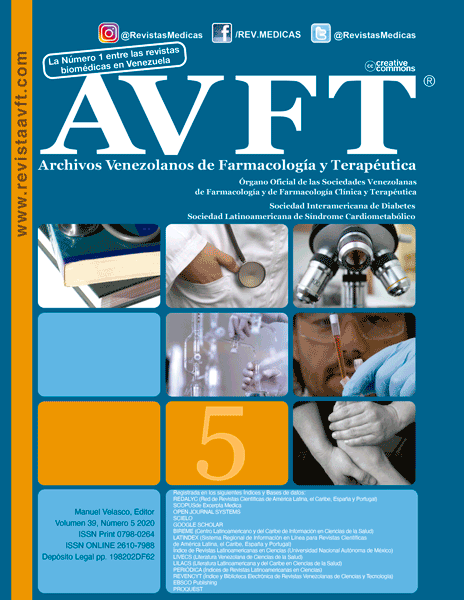The anti-aggregation activity of new 11-amino acid of erythropoietin derivate containing tripeptide motifs
Keywords:
erythropoietin, α-helix B, thrombocytes, aggregation, 11-amino acid peptideAbstract
Objective. To study the platelet antiaggregant activity of new 11-amino acid derivatives of erythropoietin, containing tripeptide motifs.
Materials and methods. The platelet aggregation degree was determined using the platelet-rich plasma of male Wistar rats. Formation of platelet aggregates results in an increase in light transmission through the sample; the kinetics of the responses and maximal aggregation provide a quantitative assessment of platelet aggregation The degree of platelet aggregation is estimated by the magnitude of the amplitude of aggregatograms, and the time of onset of light transmission level as well the time of onset of 85% of light transmission.
Results. When blood was incubated with the studied peptides P-αB1, P-αB3, and P-αB4, a pronounced antiplatelet effect was observed. This is evidenced by a decrease in the maximum light transmittance of the plasma to 28.4±1.00%, 29.7±1.13% and 30.1±0.97%, respectively, and a delay in its onset to 134.4±2,90, 135.8±3.72 and 132.0 ± 3.59 seconds, respectively. In this case, a shift in the plasma light transmission curve to the right was observed which characterizes the platelet aggregation process.
Conclusion. The addition of P-αB1, P-αB3, and P-αB4 produces antiplatelet activity, which is reflected by the shifting to the right of the platelet aggregation curve. The data obtained indicate a prolongation of platelet aggregation time and a decrease in its degree



